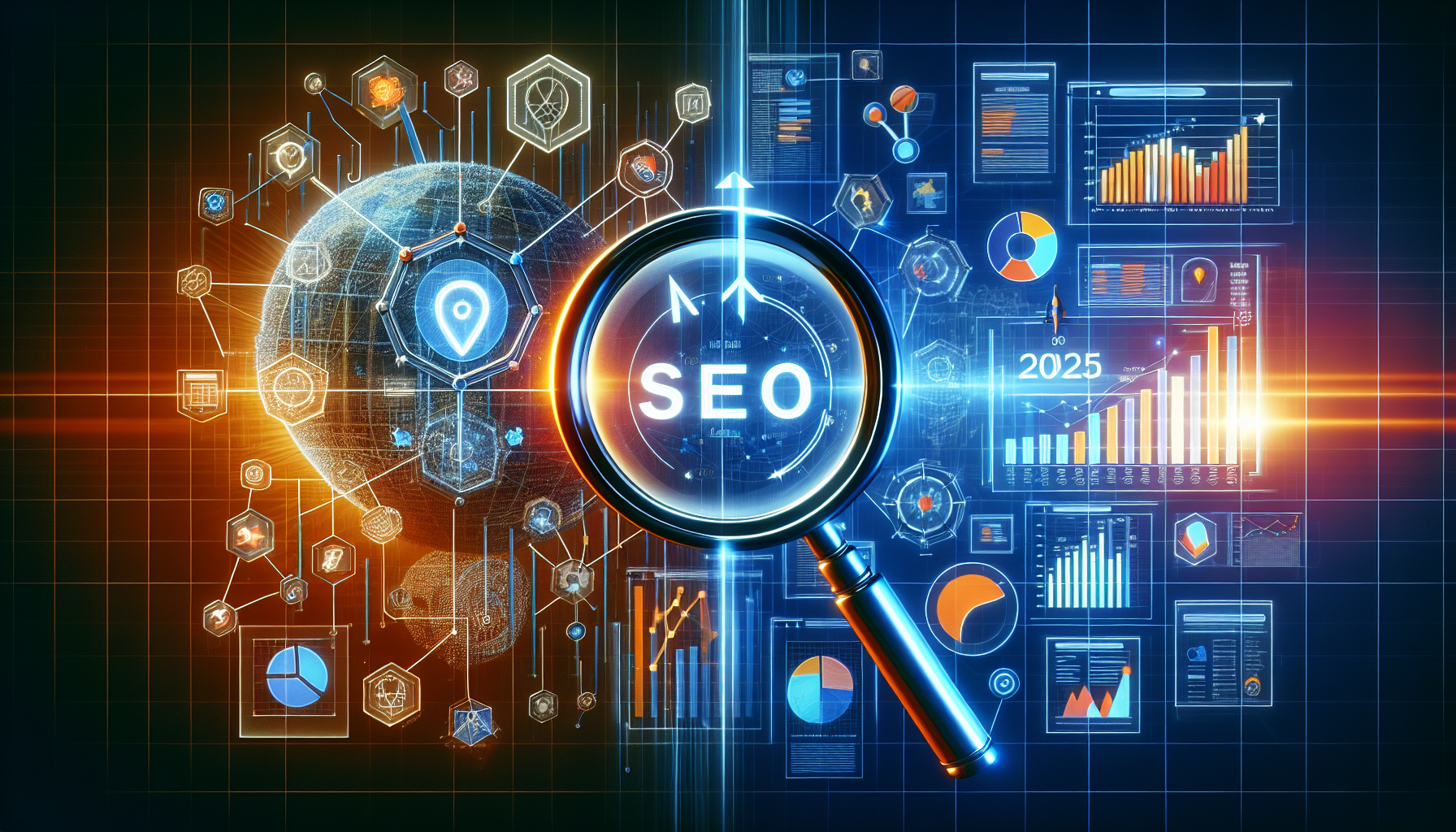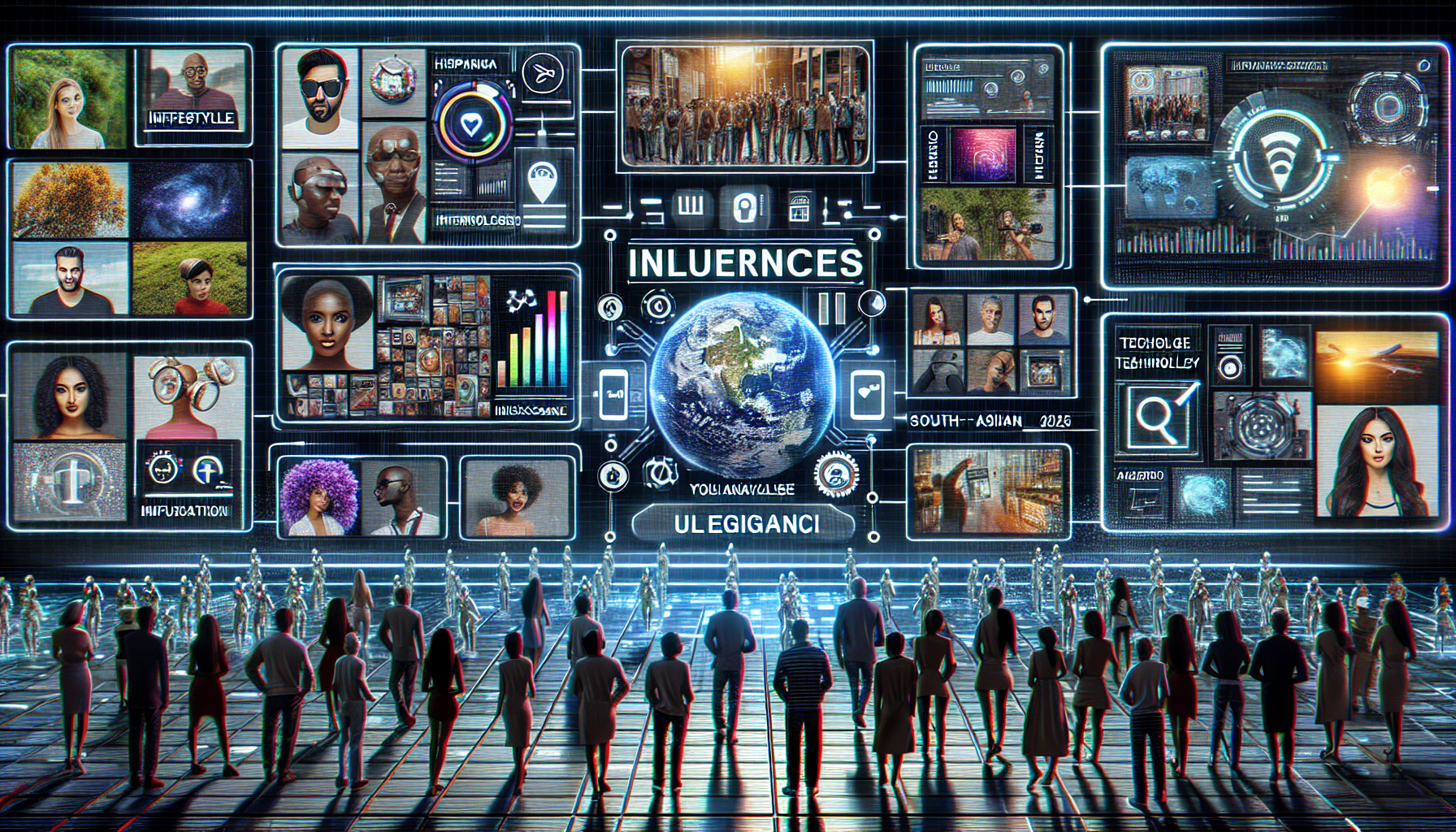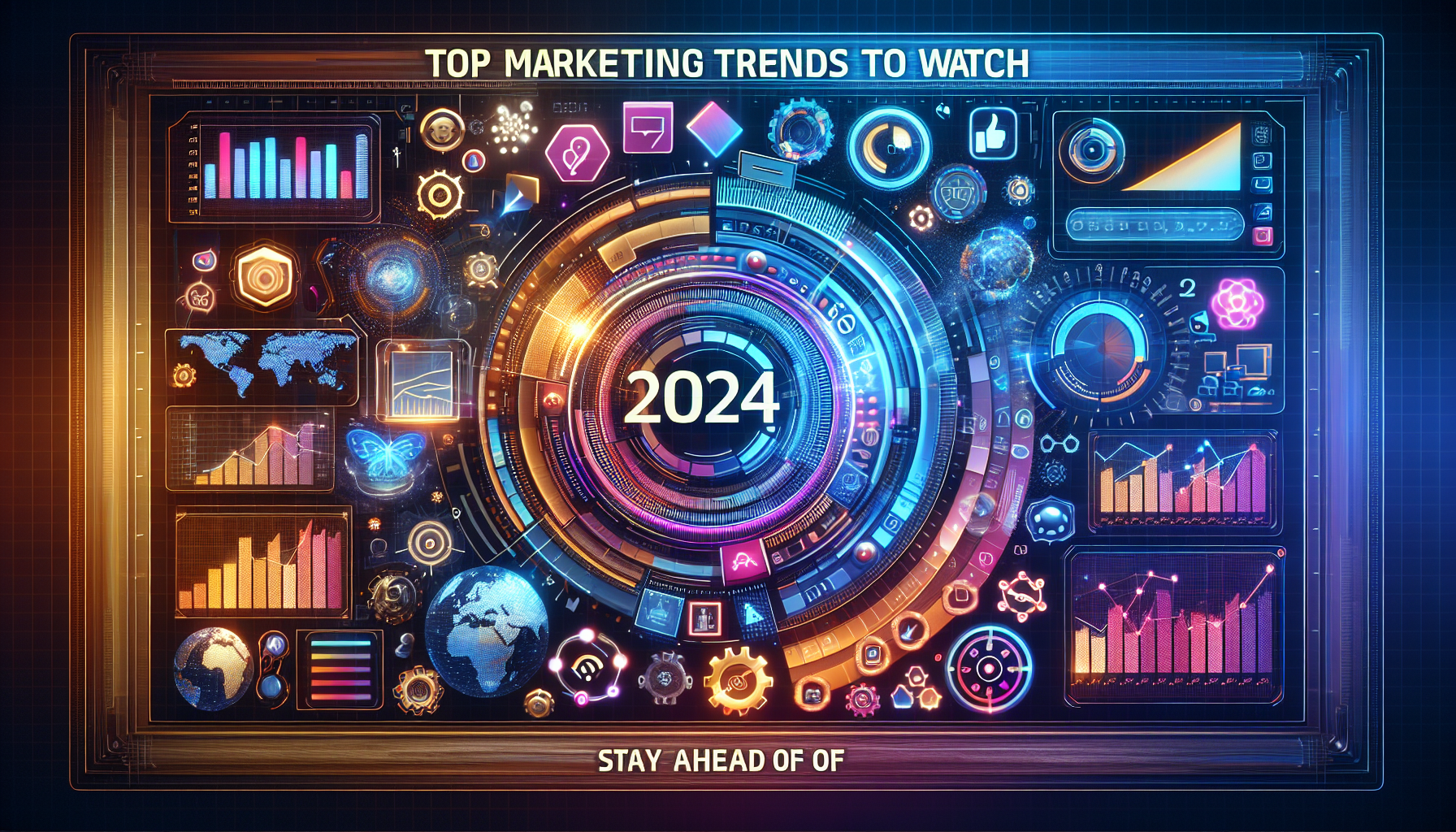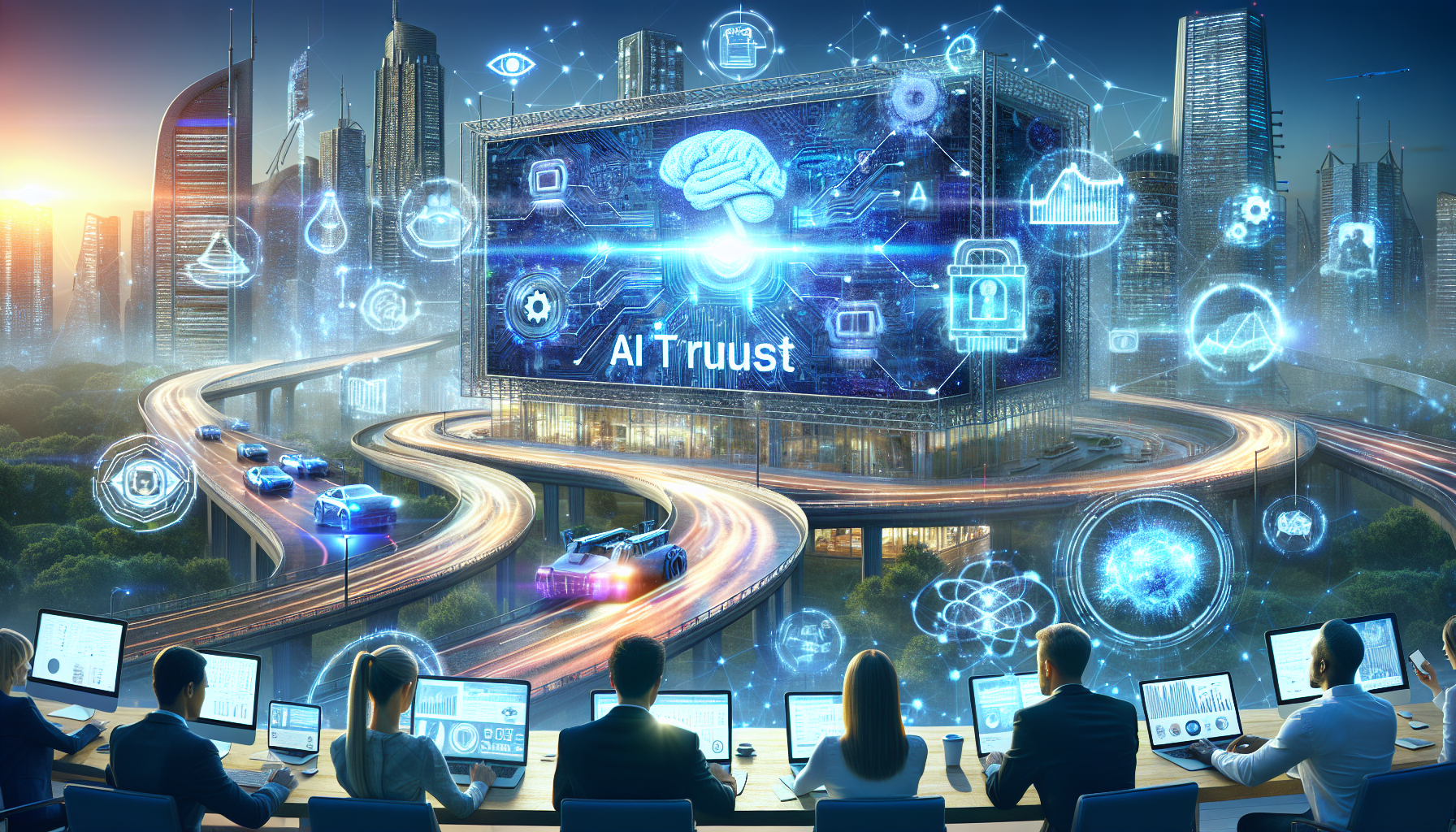Navigating 2025's Behavioral Data Landscape: Strategies for Savvy SEOs
February 21, 2025
Giulia Panozzo
As we dive deeper into 2025, it's time to look beyond conventional search engine optimization (SEO) strategies and focus on the game-changer: behavioral data analysis. As search morphs from the predictable linear models into more intricate, user-centric journeys, we must adapt our strategies to cater to this evolution. This blog explores why understanding and leveraging behavioral data has emerged as a crucial tool in crafting effective SEO campaigns.
The Evolution of Search: A New Frontier
Historically, SEO was mostly about links, keywords, and ensuring a page was indexed correctly. Fast forward to today, and the landscape has substantially changed. Features like AI overviews and organic product carousels have shifted users' search interactions. More significantly, search as we know it is losing ground to AI chatbots and virtual agents, projected to cause a 25% decrease in traditional search engine usage by 2026 (Gartner). As a result, an SEO strategy that incorporates user behavior is now imperative.
Why Behavioral Data Matters
Understanding behavioral data is akin to a doctor diagnosing a patient. It involves analyzing symptoms (issues like low click-through rates or high bounce rates), diagnosing root causes (such as mismatched intent or navigation hurdles), and prescribing solutions that enhance the user journey. Here's how you can integrate behavioral data into your SEO toolbox:
-
Basic Behavioral Data: Start with tools like Google Search Console to detect intent mismatches in CTRs. Surveys and customer experience logs can also provide insights into user frustrations. Live testing is valuable albeit time-consuming but highly insightful.
-
Advanced Data: Use web analytics and heatmaps to quantify user interactions on your site. Monitor engagement times, bounce rates, and drop-off points to formulate hypotheses on user behavior.
-
Predictive Data: While challenging, technologies like eye-tracking and fMRI provide deep insights into subconscious preferences, allowing for a refined understanding of how users engage with content.
Optimizing for User Behavior
Adopting a user-first approach means crafting experiences that capture attention and foster connections. The ultimate goal is to retain users' interest and encourage repeat visits. This requires not only SEO knowledge but also an integration of user experience (UX) and conversion rate optimization (CRO).
Implementing Strategic Fixes
To align SEO strategies with business goals, prioritize actions based on impact and effort. Utilize matrices to weigh tasks based on urgency and ROI, ensuring high-impact solutions are prioritized. For instance, enhancing visibility of return policies can boost user trust and improve CTRs significantly.
The Road Forward
For SEO professionals, evolving with these trends means embracing a holistic view of SEO that encompasses the entire search journey. While job titles may vary, our shared objective remains clear—providing optimized, user-centric journeys that preempt and fulfill user needs.
SEO is no longer a solo mission; it is a strategic endeavor that demands a comprehensive understanding of user behavior. Dive into the exploration of behavioral data to not only secure your place in the search ecosystem but thrive within it.
If this topic piques your interest, watch my full discussion on Whiteboard Friday, where we delve deeper into these strategies and tools. Let’s redefine SEO together, one behavioral insight at a time.
Want to harness these insights in your strategy? Explore Moz Pro’s comprehensive suite of SEO tools today.







